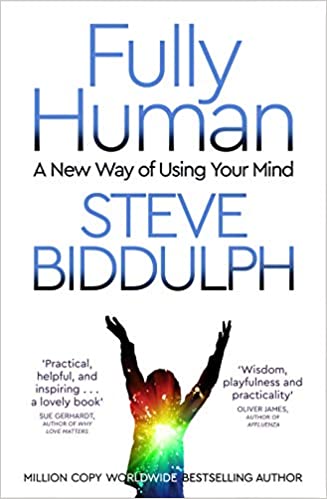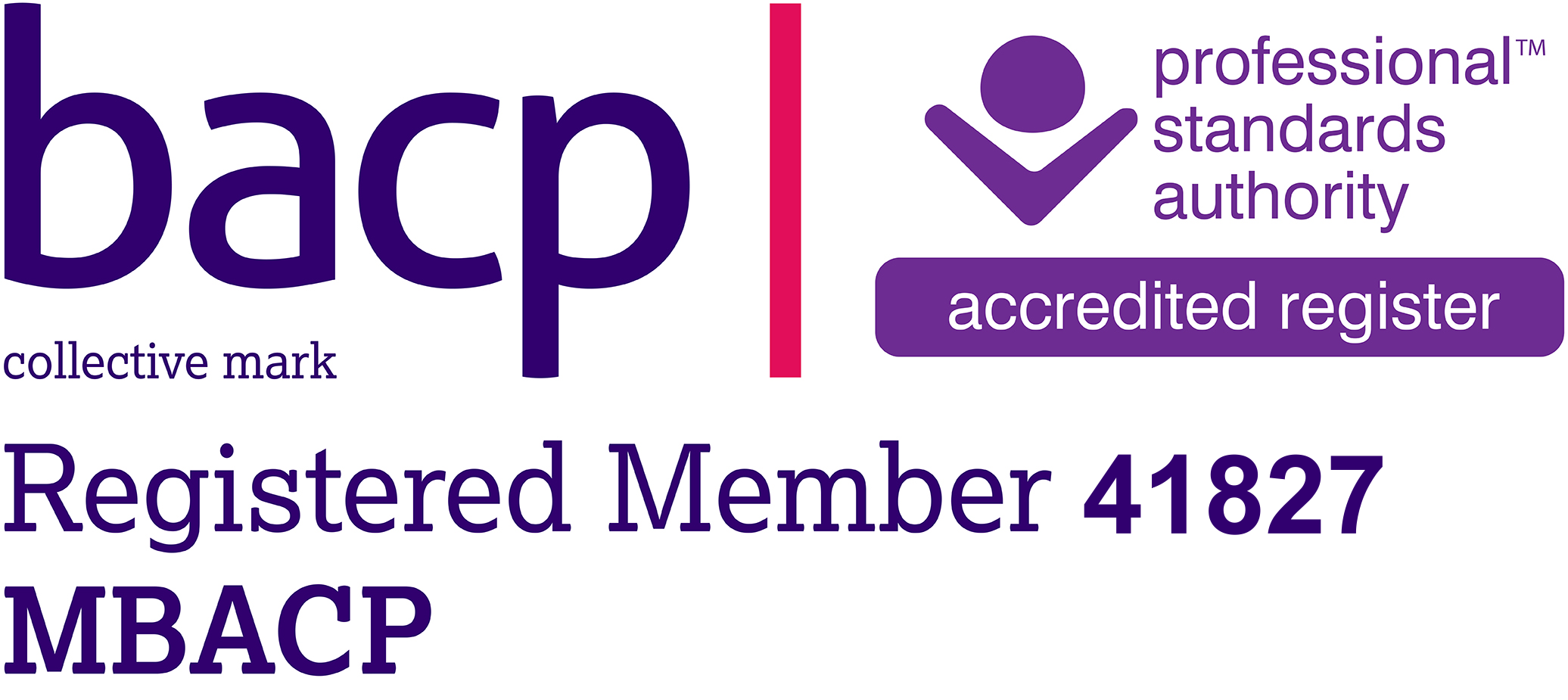You may have come across the Myers-Briggs Type Indicator® (MBTI) in a variety of settings – it is used in many organisations for individual learning and development, training, coaching and team-building and has been used in in couples counselling, too. I find it a really helpful tool to help examine our relationships with other people in general.
First published in 1943, it was originally developed in the US by Katharine Cook Briggs and her daughter Isabel Briggs Myers. They took their inspiration from the work of Carl Jung who was a renowned Swiss psychiatrist, and is still seen by many, along with Sigmund Freud, as one of the founding fathers of modern-day psychology.
Jung’s theory of psychological types proposed that people are innately different in terms of the way they see the world, how they take on information, and how they make decisions. The Myers-Briggs Type Indicator® (MBTI®) Step I questionnaire is based on four dimensions:
- Where you focus your attention – Extraversion (E) or Introversion (I)
- The way you take in information – Sensing (S) or INtuition (N)
- How you make decisions – Thinking (T) or Feeling (F)
- How you deal with the world – Judging (J) or Perceiving (P)
The results come in the form of four letters that reflect your preferences across these dimensions and which make up your personality ‘type’. Exploring these preferences can help us each understand ourselves and other people better, and why we sometimes see things so very differently.
This is a brief summary of the sixteen types, published here with kind permission from OPP with whom I undertook my MBTI qualification:


